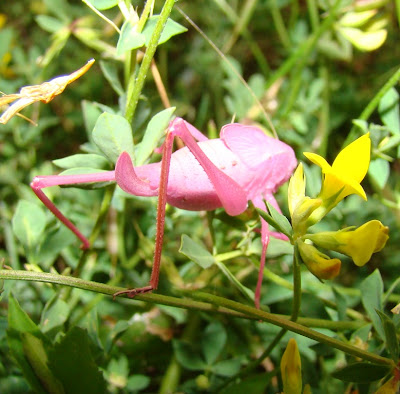
Water-willow, Justicia americana
A delicate water-borne beauty, favored haunt for dragonflies, the Water-willow forms dense mats along the banks of rivers, streams and lakes. The purple and white blooms seem orchid or mint-like at first glance, but it is a member of the Acanthus family of flowers, like Bear's Breeches.

And the habitat isn't so bad either. I spent the afternoon studying this vegetation from the shore of the Clearfork Reservoir. Good thing I brought along my binoculars for dragonflies and birds, and the camera to document them. Its a dirty job, but somebody has to do it...
























 Our
Our  Fringed
Fringed 






